Dr. George Bitar, MD, FACS, is board-certified by the American Board of Plastic Surgery (ABPS) and is an active member of the American Society of Aesthetic Plastic Surgeons (ASAPS) and the American College of Surgeons (FACS). He is a Castle Connolly Top Doctor and a Top US News and World Report Doctor. Dr. Bitar provides a compassionate approach to care, helping each patient achieve the refreshed, vibrant look they desire. Over the course of his career, he has successfully performed over 20,000 cosmetic procedures with integrity, artistry, and precision, making him among the most sought-after and trusted providers in the Washington Metropolitan Area. Dr. Bitar underwent a prestigious breast surgery fellowship, receiving training from some of the most renowned surgeons in the field, including Dr. Ivo Pitanguy in Rio de Janeiro, Dr. Marchac in Paris, Dr. Mendelson in Melbourne, Dr. Widgerow in Johannesburg, and Dr. Ellenbogen in Beverly Hills.
At the Bitar Cosmetic Surgery Institute, we take pride in providing our patients with the best possible surgical experience, emphasizing patient safety while optimizing surgical outcomes. This process includes comprehensive preoperative preparation and patient education, the development of a personalized operative plan, and a thoughtful postoperative care regimen that emphasizes patient comfort and promotes recovery.
The Institute has adopted several strategies to further ensure patient safety. We are selective and only offer surgery to patients whose overall health and lifestyle choices allow for healing and facilitate recovery. To minimize risk, we require a comprehensive preoperative assessment that includes a thorough history and physical examination, as well as targeted laboratory tests.
All surgeries are performed in-house at our AAAASF-accredited surgical suite, representing the gold standard in patient safety and care. This certification ensures we meet the highest standards, with board-certified anesthesiologists and nurses on-site, adhering to strict protocols to minimize risks and optimize outcomes. Dr. Bitar is committed to continuing education, refining his skills, and introducing new techniques, all with the goal of enhancing safety and surgical outcomes.
We emphasize patient safety in our peri-operative care plan, advocating early mobilization, optimizing nutrition, and providing detailed care instructions. After surgery, patients are seen in our office frequently and early, starting the day after their procedure, and a staff member is available around the clock for any questions or concerns. Our entire team is dedicated to our patients’ well-being, and every measure is designed to minimize potential complications, promote a comfortable and rapid recovery, and optimize surgical outcomes.

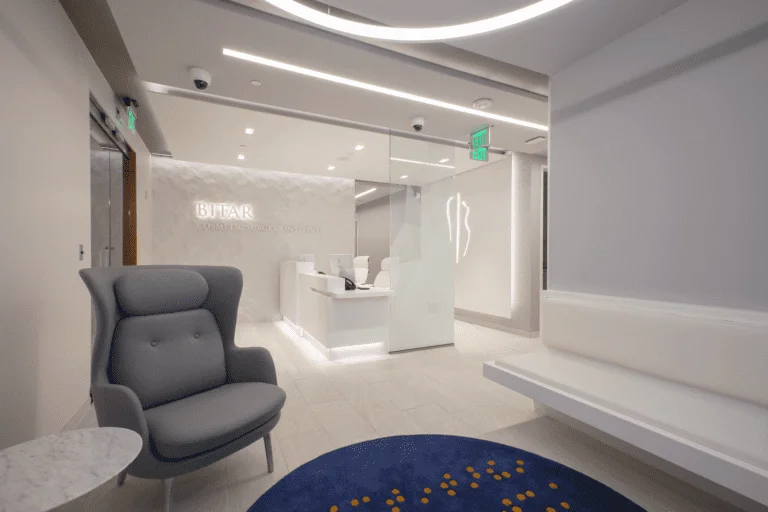

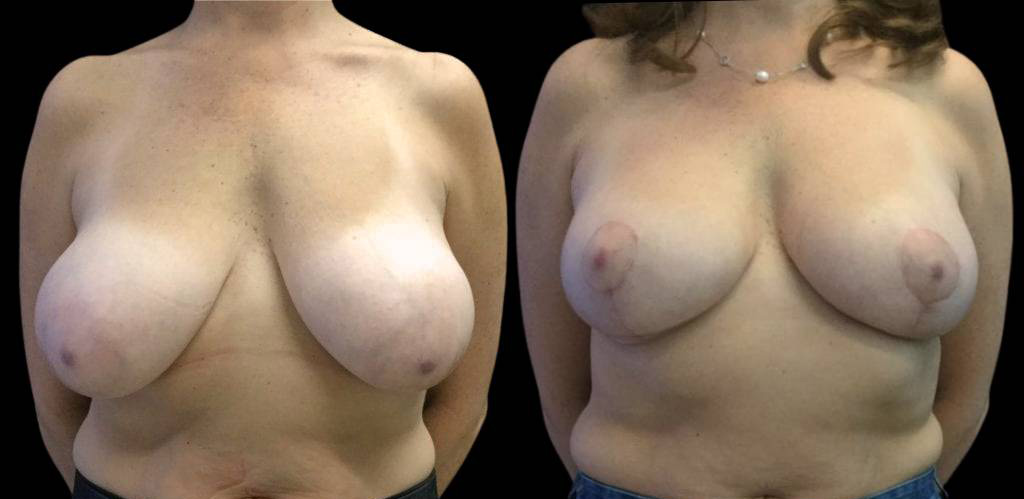
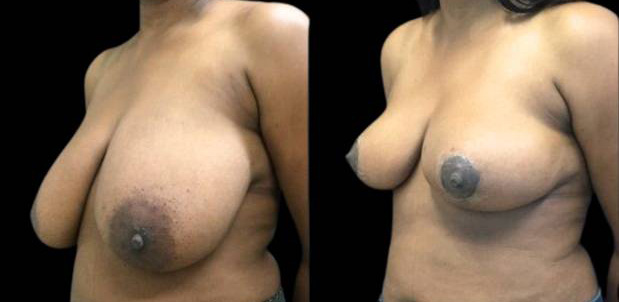

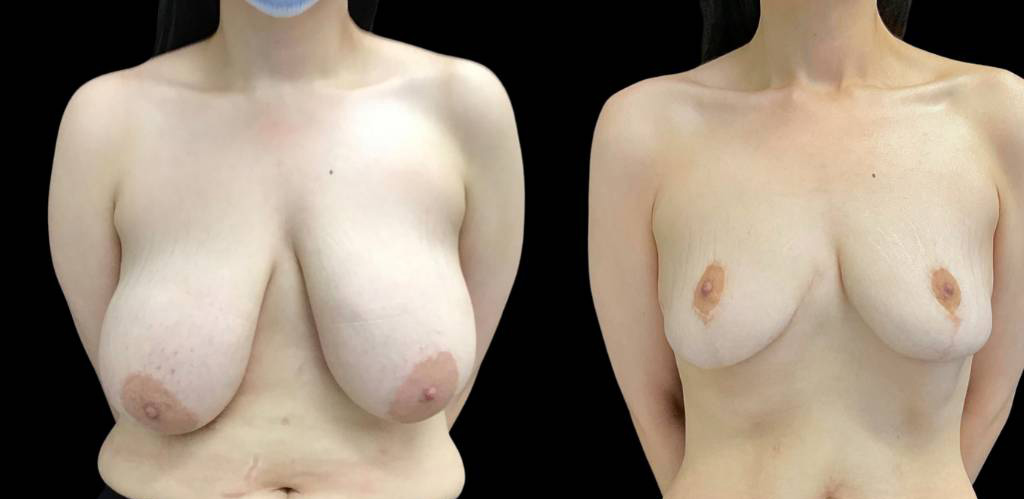
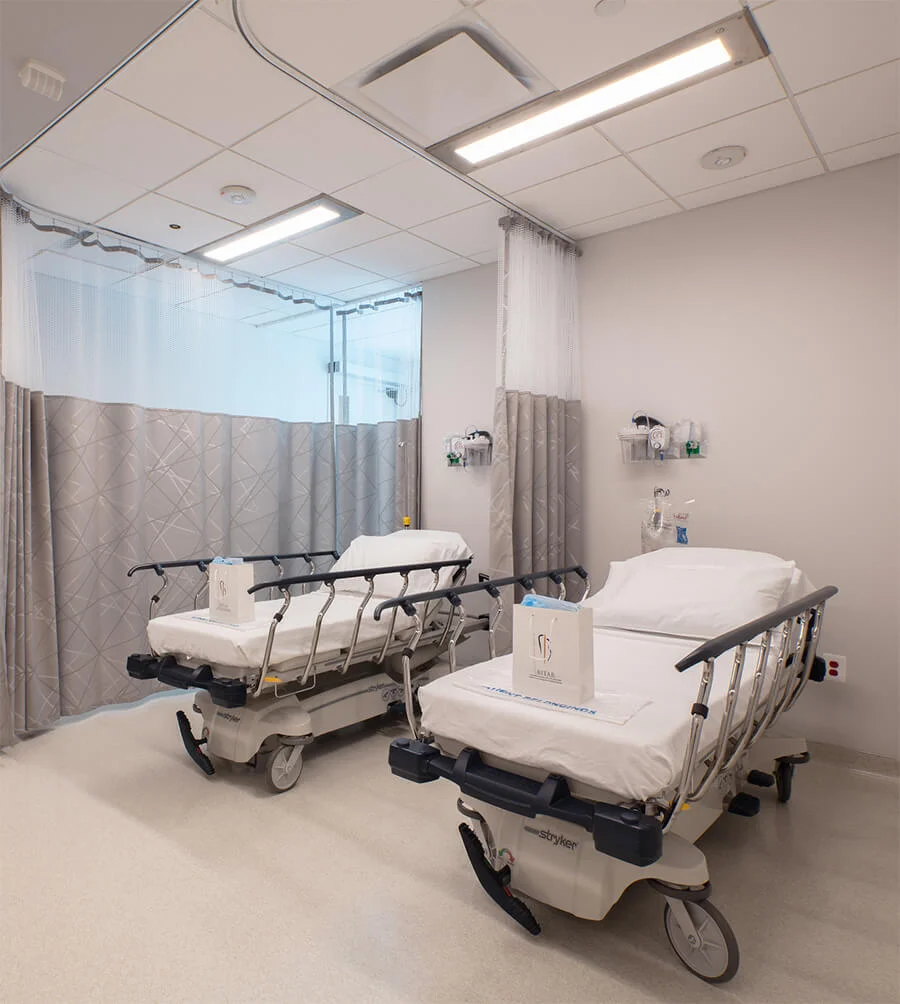
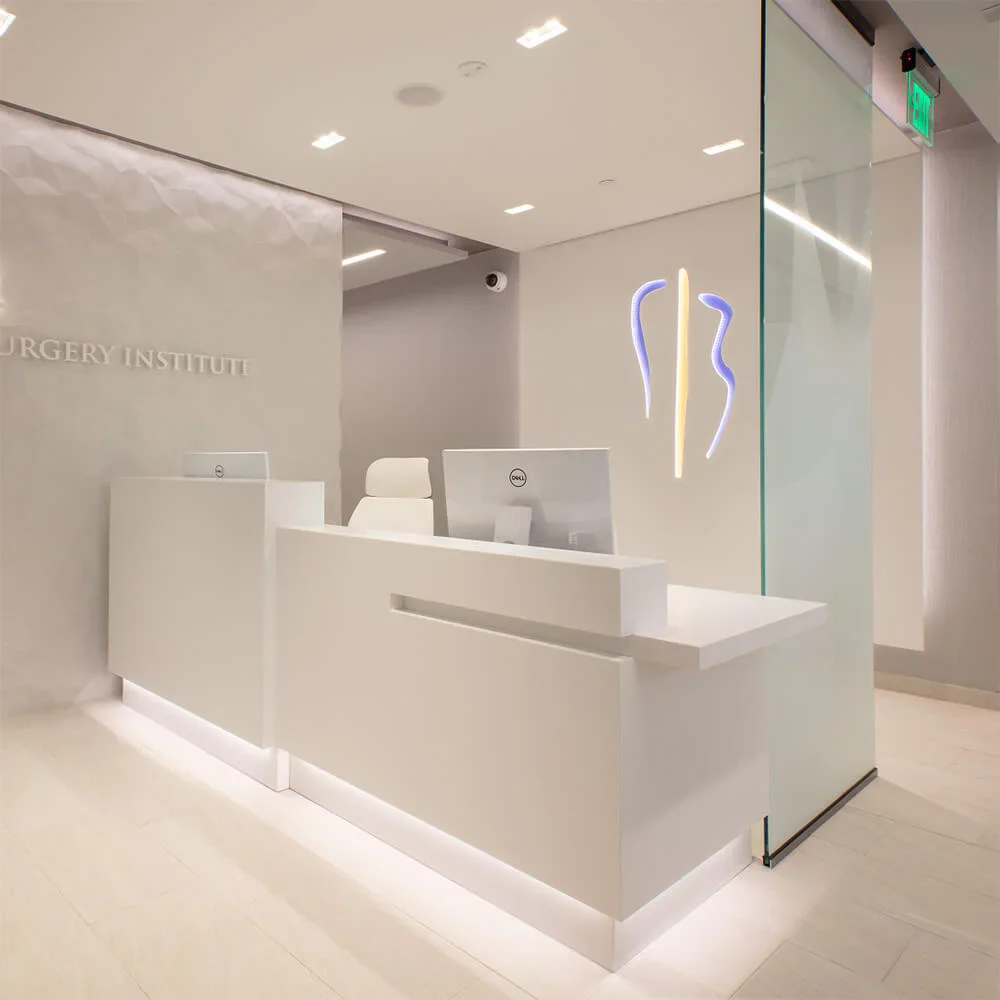


“Natural beauty but doing a little somethin’ somethin’ to make beautiful features pop is what the Model Lift™ accomplishes.”
–
Dr. George Bitar
Follow Us On Social Media